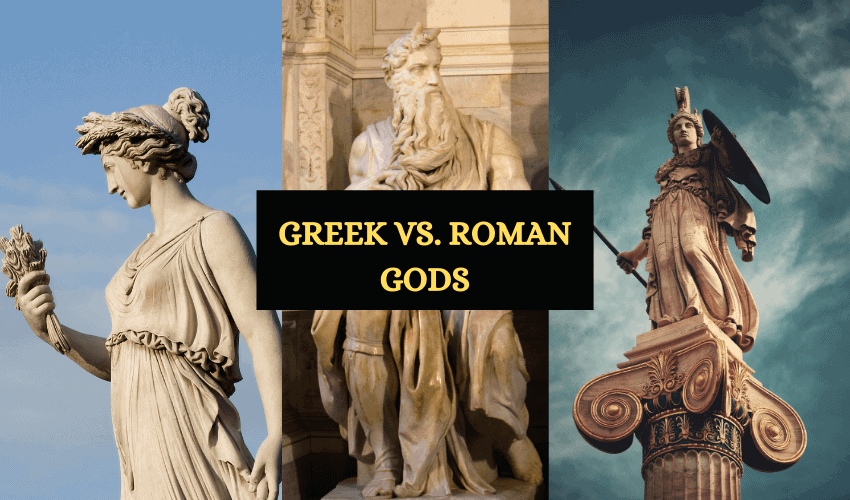
Table of Contents
The Greek and Roman mythologies were among the most influential of ancient times. The Roman mythology borrowed most of Greek mythology wholesale, which is why there’s a Roman counterpart for almost every Greek deity or hero. However, the Roman deities had their own identities and were distinctly Roman.
Apart from their names, there were some differences in the roles of the Roman counterparts of the Greek gods. Here are some of the most well-known:
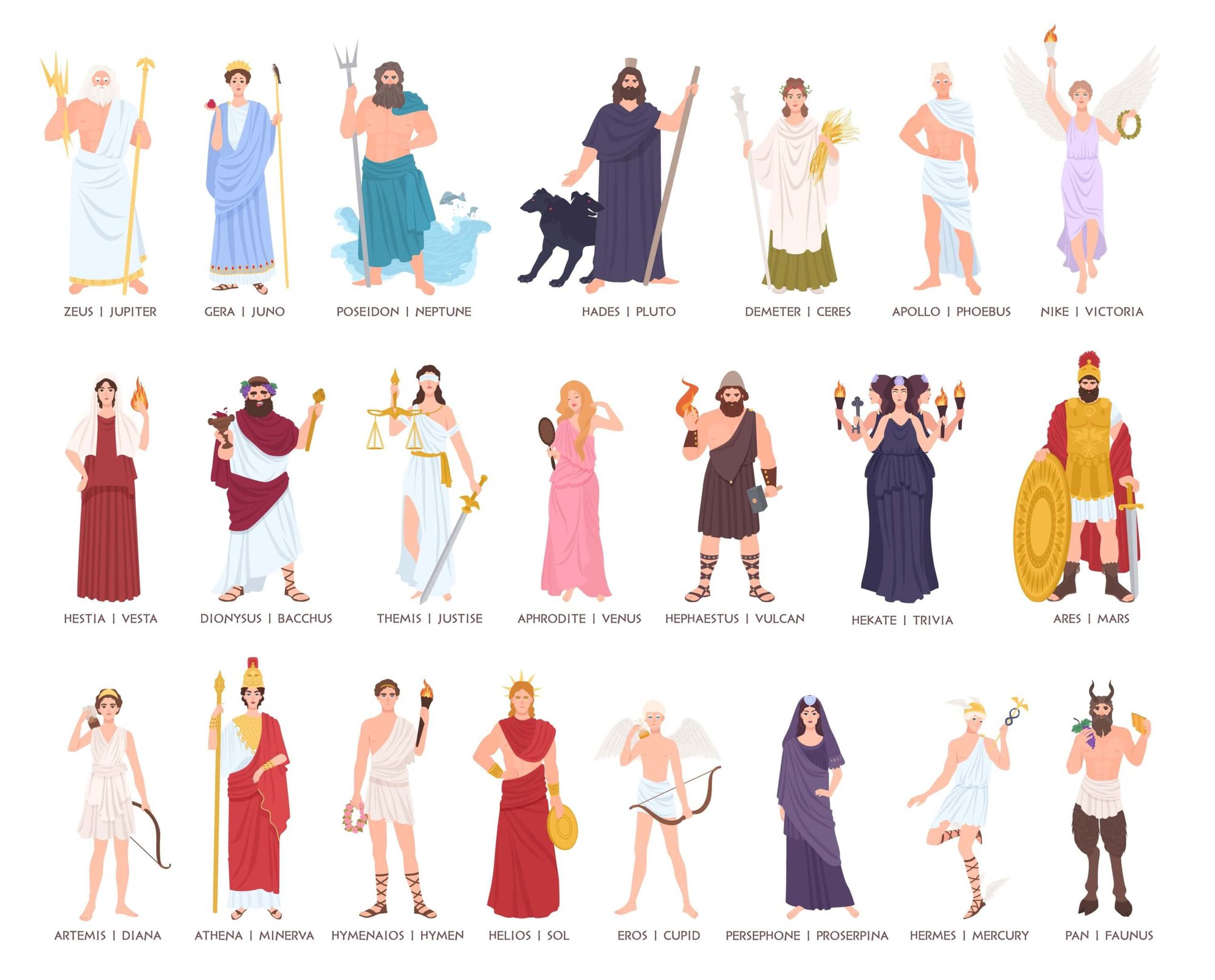
With that said, let’s take a look at the differences between the most popular Greek and Roman deities, followed by a look at other differences between these mythologies.
Greek – Roman Counterparts Gods
Zeus – Jupiter
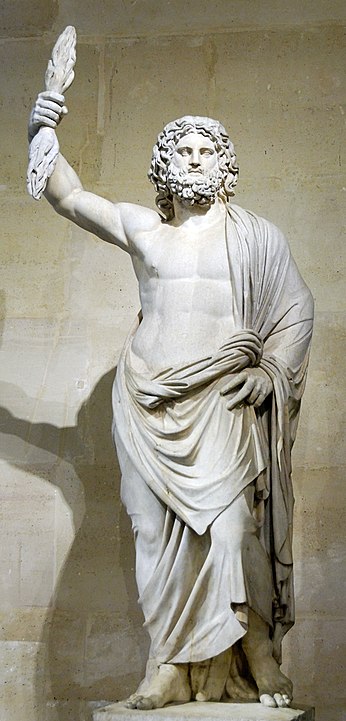
Greek Name: Zeus
Roman Name: Jupiter
Role: Zeus and Jupiter were the kings of the gods and the rulers of the universe. They were the gods of the sky and thunder.
Similarities: In both mythologies, they have similar parentage and offspring. The fathers of both gods were the rulers of the universe, and when they died, Zeus and Jupiter rose to the throne. Both gods used the lightning bolt as a weapon.
Differences: There are no marked differences between the two gods.
Hera – Juno
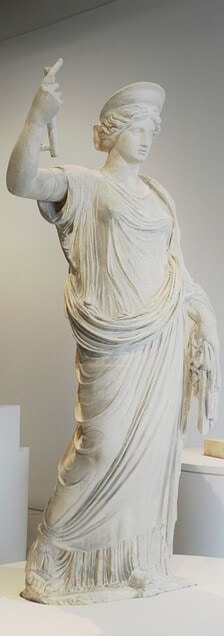
Greek Name: Hera
Roman Name: Juno
Role: In both Greek and Roman mythology, these goddesses were the sister/wife of Zeus and Jupiter, making them queens of the universe. They were the goddesses of marriage, childbirth, and family.
Similarities: Hera and Juno shared many traits in both mythologies. In both Greek and Roman beliefs, they were compassionate yet mighty goddesses who would stand up for what they believed. They were also jealous and overprotective goddesses.
Differences: In Roman mythology, Juno had associations with the moon. Hera did not share this domain.
Poseidon – Neptune

Greek Name: Poseidon
Roman Name: Neptune
Role: Poseidon and Neptune were the rulers of the sea in their mythologies. They were the gods of the sea and the principal water deity.
Similarities: Most of their depictions show the two gods in similar positions carrying a trident. This weapon was their principal symbol and represented their water-powers. They share most of their myths, offspring, and relationships.
Differences: According to some sources, Neptune was not the god of the sea but the god of freshwaters. In this sense, the two deities would have different domains.
Hestia – Vesta
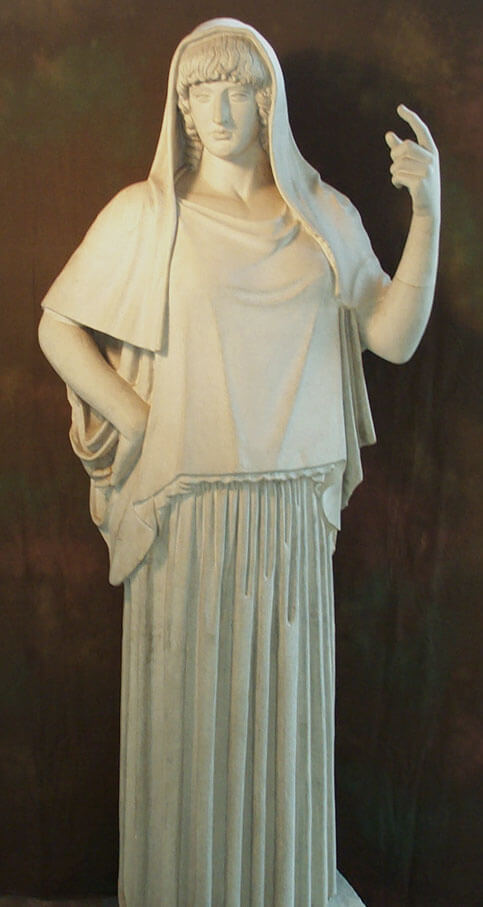
Greek Name: Hestia
Roman Name: Vestia
Role: Hestia and Vesta were the goddesses of the hearth.
Similarities: These two goddesses were very similar characters with the same domain and the same worship in the two cultures.
Differences: Some stories of Vesta differ from the myths of Hestia. Additionally, the Romans believed that Vesta also had to do with altars. In contrast, Hestia’s domain began and ended with the hearth.
Hades – Pluto
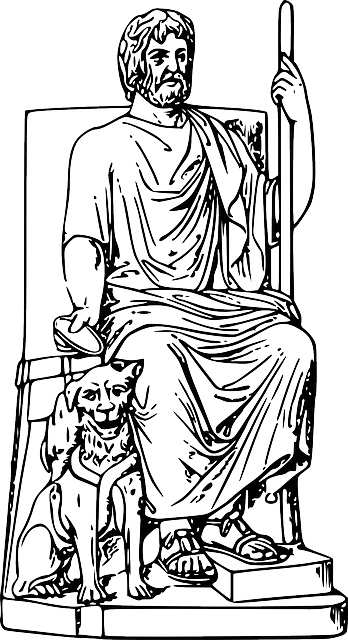
Greek Name: Hades
Roman Name: Pluto
Role: These two deities were the gods and kings of the underworld.
Similarities: Both gods shared all of their traits and myths.
Differences: In some accounts, Pluto’s actions are much meaner than Hades. It might be safe to say that the Roman version of the god of the underworld was a terrible character.
Demeter – Ceres
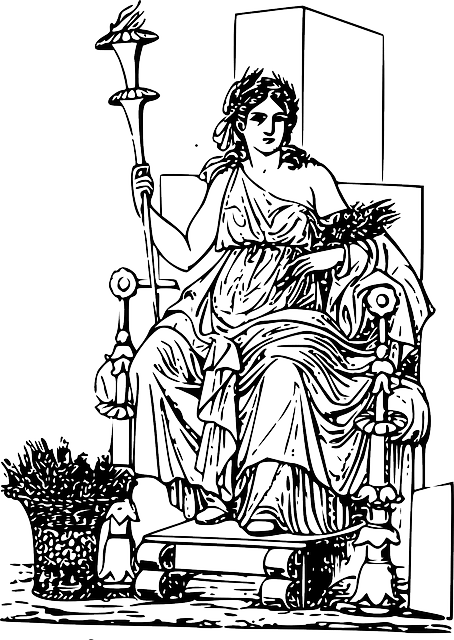
Greek Name: Demeter
Roman Name: Ceres
Role: Ceres and Demeter were the goddesses of agriculture, fertility, and harvests.
Similarities: Both goddesses had to do with the lower classes, the harvests, and all agricultural practices. One of their most famous myths was the kidnapping of their daughters by Hades/Pluto. This led to the creation of the four seasons.
Differences: One minor difference is that Demeter was often portrayed as the goddess of the harvests, while Ceres was the goddess of the grains.
Aphrodite – Venus
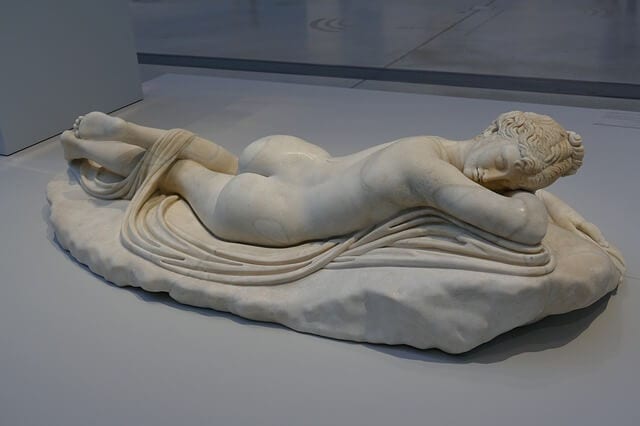
Greek Name: Aphrodite
Roman Name: Venus
Role: These gorgeous deities were the goddesses of love, beauty, and sex.
Similarities: They shared most of their myths and stories in which they influence acts of love and lust. In most depictions, both goddesses appear as beautiful, seductive women with immense power. Aphrodite and Venus were married to Hephaestus and Vulcan, respectively. Both were viewed as the patron goddesses of prostitutes.
Differences: In several accounts, Venus was also the goddess of victory and fertility.
Hephaestus – Vulcan
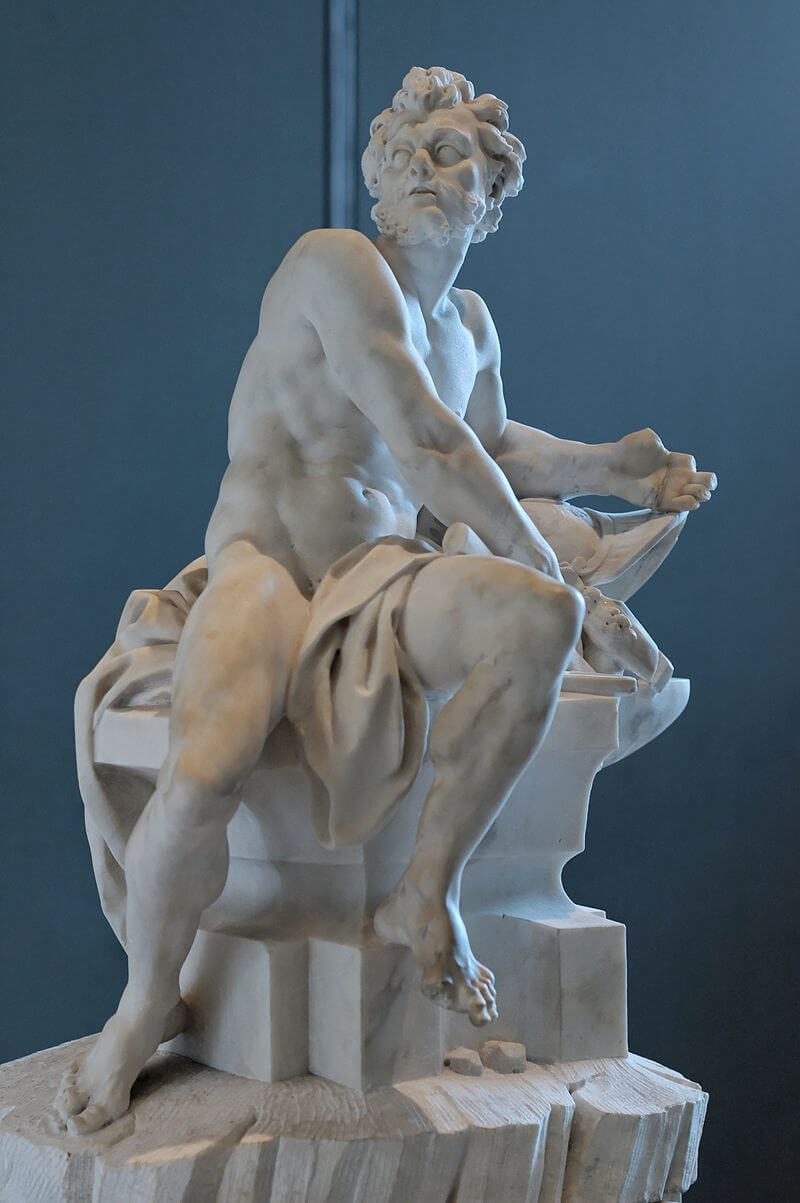
Greek Name: Hephaestus
Roman Name: Vulcan
Role: Hephaestus and Vulcan were the gods of fire and forges and the protectors of craftsmen and blacksmiths.
Similarities: These two gods shared most of their stories and their physical traits. They were crippled since they had been thrown out of the skies, and they were craftsmen. Hephaestus and Vulcan were the husbands of Aphrodite and Venus, respectively.
Differences: Many myths refer to the superb craftsmanship and masterpieces of Hephaestus. He could craft and forge anything anybody could imagine. Vulcan, however, did not enjoy such talents, and the Romans saw him more as a destructive force of fire.
Apollo – Apollo
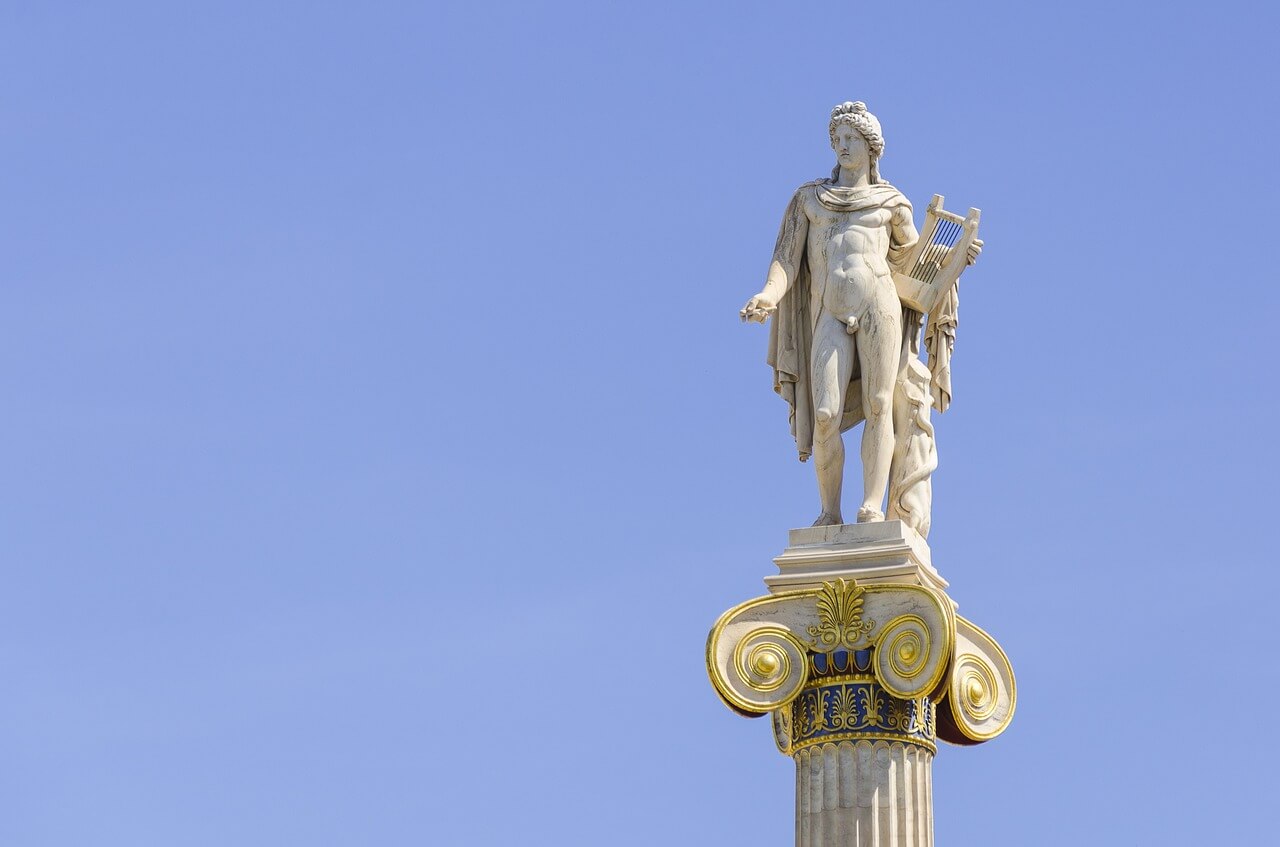
Greek Name: Apollo
Roman Name: Apollo
Role: Apollo was the god of music and medicine.
Similarities: Apollo did not have a direct Roman equivalent, so the Greek god sufficed for both mythologies with the same traits. He is one of the few deities that didn’t have a name change.
Differences: Since Roman mythology mainly derived from the Greeks, this god had no changes during Romanization. They were the same deity.
Artemis – Diana
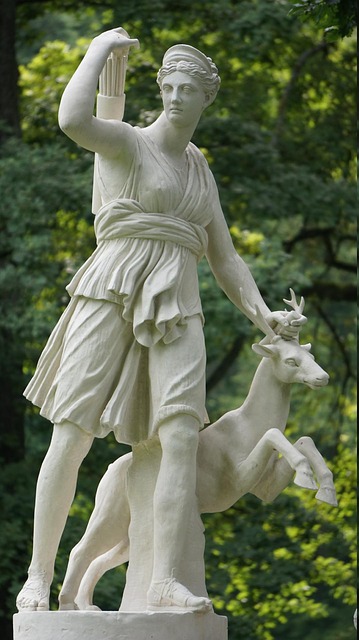
Greek Name: Artemis
Roman Name: Diana
Role: These female deities were the goddesses of hunting and the wild.
Similarities: Artemis and Diana were virgin goddesses who favored the company of animals and forest creatures over the company of men. They lived in the woods, followed by deer and dogs. Most of their depictions show them in the same manner, and they share most of their myths.
Differences: The origin of Diana might not totally derive from Artemis since there was a deity of the forest known by the same name before the Roman civilization. Also, Diana was associated with the triple goddess, and was seen as one form of the triple goddess along with Luna and Hecate. She was also associated with the underworld.
Athena – Minerva
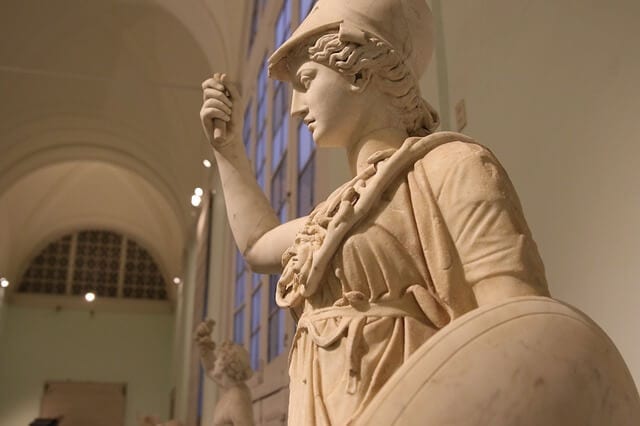
Greek Name: Athena
Roman Name: Minerva
Role: Athena and Minerva were the goddesses of war and wisdom.
Similarities: They were virgin goddesses who earned the right to remain maidens for life. Athena and Minerva were the daughters of Zeus and Jupiter, respectively, with no mother. They share most of their stories.
Differences: Although both had the same domain, the presence of Athena in war was stronger than that of Minerva. The Romans associated Minerva with crafts and arts more than with war and conflicts.
Ares – Mars
Greek Name: Ares
Roman Name: Mars
Role: These two deities were the gods of war in Greek and Roman mythology.
Similarities: Both gods share most of their myths and had several associations with war conflicts. Ares and Mars were sons of Zeus/Jupiter and Hera/Juno respectively. People worshipped them for their favor in military activities.
Differences: The Greeks considered Ares to be a destructive force, and he represented raw power in battle. In contrast, Mars was a father and an ordered military commander. He was not in charge of destruction, but of keeping the peace and protecting.
Hermes – Mercury
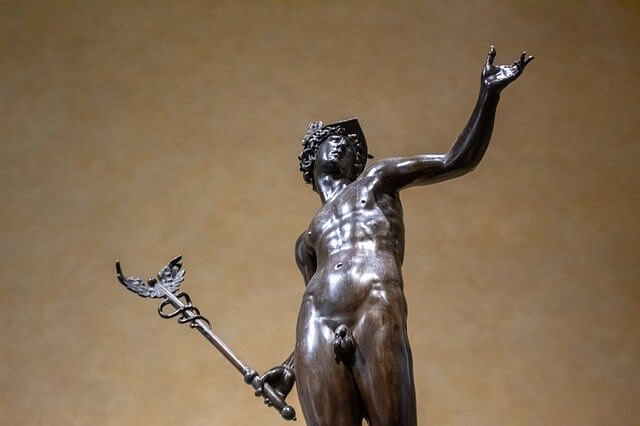
Greek Name: Hermes
Roman Name: Mercury
Role: Hermes and Mercury were the heralds and messengers of the gods of their cultures.
Similarities: During Romanization, Hermes morphed into Mercury, making these two deities quite similar. They shared their role and most of their myths. Their depictions also show them in the same manner and with the same traits.
Differences: According to some sources, the origin of Mercury does not come from Greek mythology. In contrast to Hermes, Mercury is believed to be a composite of ancient Italian deities related to commerce.
Dionysus – Bacchus
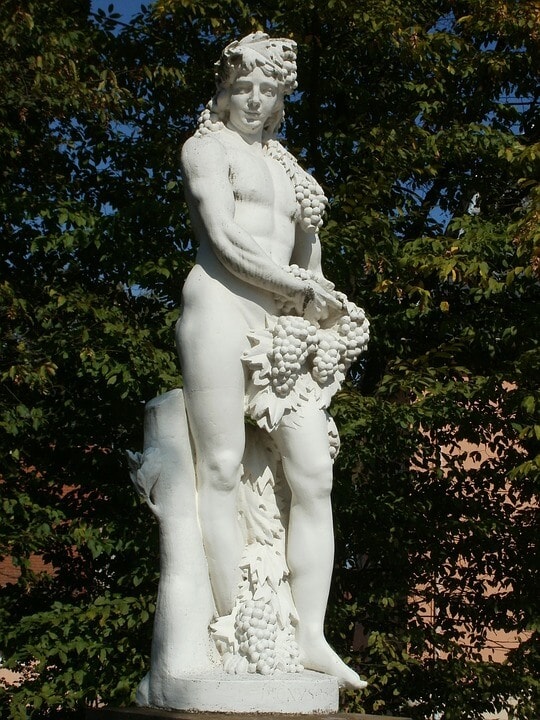
Greek Name: Dionysus
Roman Name: Bacchus
Role: These two deities were the gods of wine, gatherings, frenzy, and madness.
Similarities: Dionysus and Bacchus share many similarities andstories. Their festivals, journeys, and companions are the same in both mythologies.
Differences: In Greek culture, people believe Dionysus was responsible for the beginning of theater and the writing of many known plays for his festivals. This idea is less important in the worship of Bacchus since he had associations with poetry.
Persephone – Proserpine
Greek Name: Persephone
Roman Name: Proserpine
Role: Persephone and Proserpine are goddesses of the underworld in Greek and Roman mythologies.
Similarities: For both goddesses, their most famous story was their kidnapping by the god of the underworld. Due to this myth, Persephone and Proserpine became the goddesses of the underworld, living there for six months of the year.
Differences: There is little to no difference between these two goddesses. However, Proserpine is seen as being more responsible for the four seasons of the year alongside her mother, Ceres, in Roman mythology. Proserpine was also the goddess of springtime.
Differences Between Greek and Roman Gods and Goddesses
Apart from the individual differences of the Greek and Roman deities, there are some important distinctions that separate these two similar mythologies. These include:
- Age – Greek mythology is older than Roman mythology, predating it by at least 1000 years. By the time the Roman civilization came into existence, Homer’s Iliad and Odyssey was seven centuries old. As a result, Greek mythology, beliefs and values were already firmly established and developed. The fledging Roman civilization was able to borrow much of Greek mythology and then added a truly Roman flavor to create distinct characters that represented the values, beliefs and ideals of the Romans.
- Physical Appearance – There’s also notable physical differences between the deities and heroes of the two mythologies. For the Greeks, the appearance and traits of their gods and goddesses was of paramount importance and this would be included in the descriptions in the myths. This isn’t the case with Roman gods, whose appearance and characteristics aren’t emphasized in the myths.
- Names – This is an obvious difference. The Roman gods all took on different names to their Greek counterparts.
- Written Records – Much of the depictions of Greek mythology comes from Homer’s two epic works – The Iliad and The Odyssey. These two works detail the Trojan War, and many of the famous related myths. For Romans, one of the defining works is Virgil’s Aeneid, which details how Aeneus of Troy traveled to Italy, became the ancestor of the Romans and established there. The Roman gods and goddesses are described throughout in this work.
In Brief
Roman and Greek mythology had many things in common, but these ancient civilizations managed to stand out on their own. Many aspects of modern Western culture have been influenced by these gods and goddesses. Thousands of years later, they are still significant in our world.







